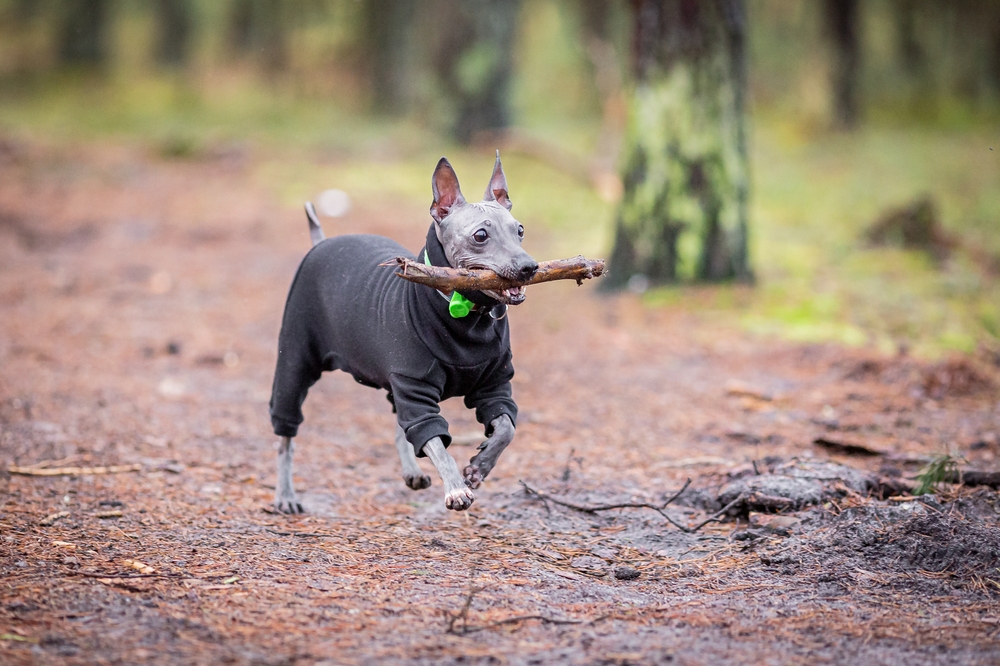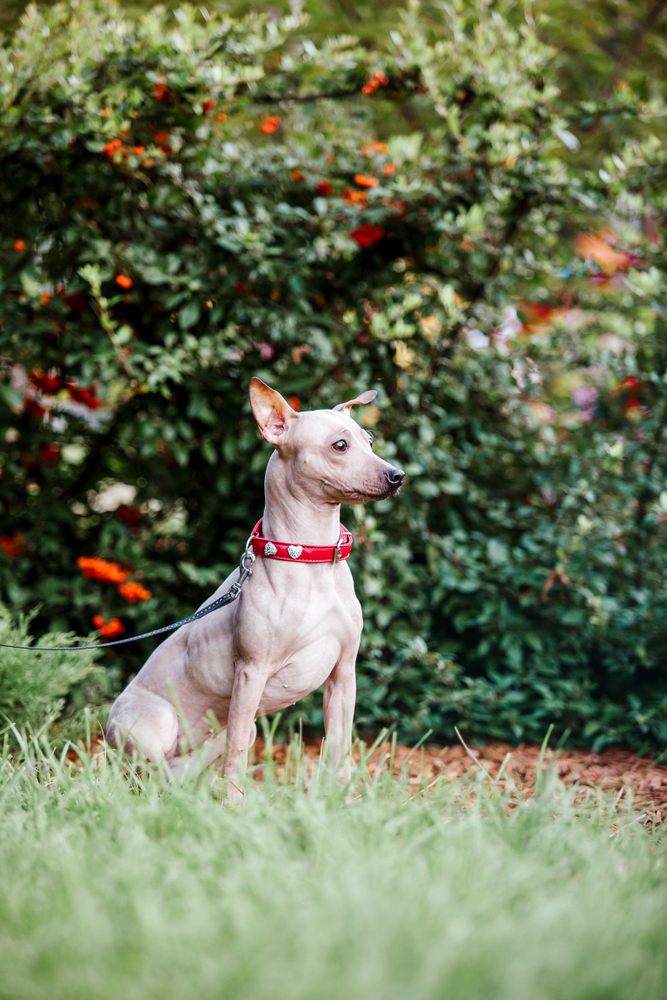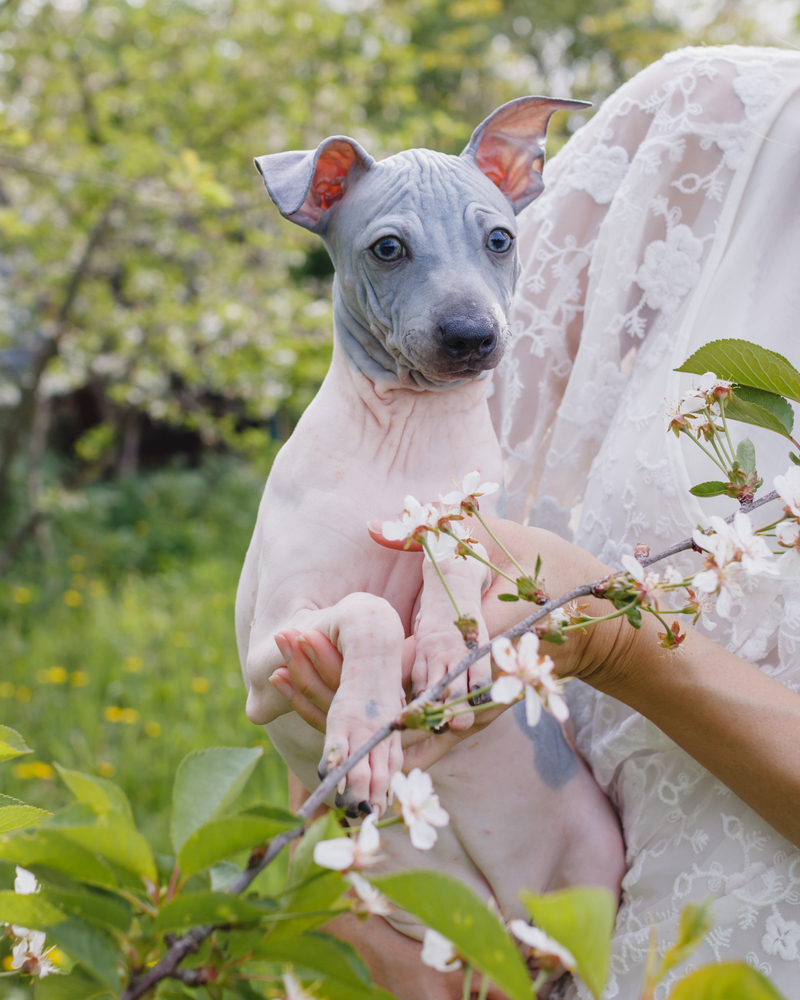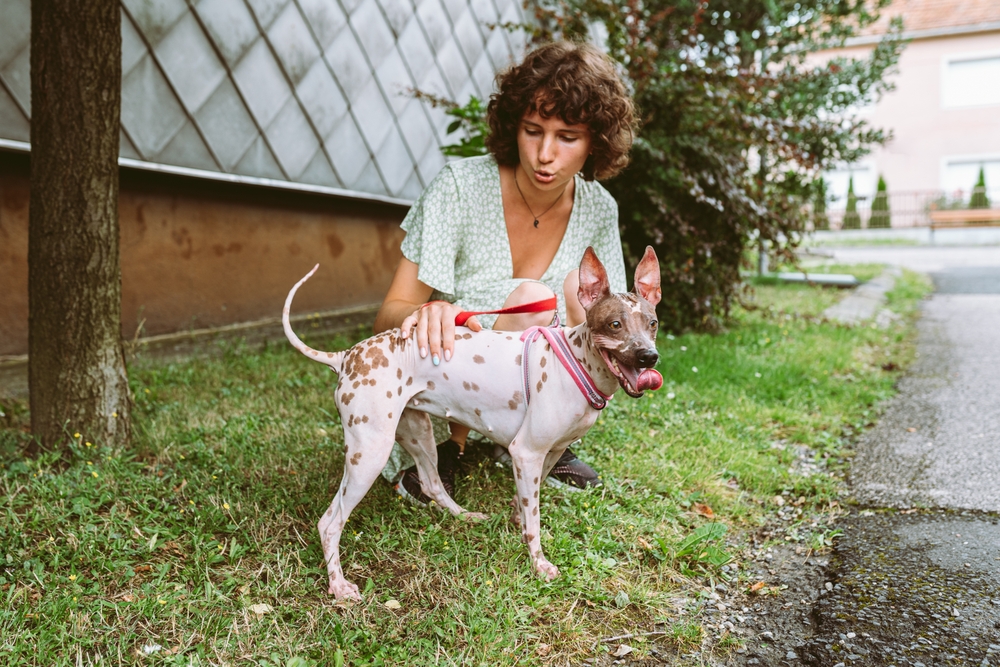Common Behavioral Problems and Solutions for American Hairless Terriers
Welcome to our comprehensive guide on addressing the common behavioral problems experienced by American Hairless Terriers. As dedicated dog lovers and experienced trainers, we understand the unique challenges that come with this breed. In this article, we will delve into the top behavioral issues often faced by American Hairless Terrier owners and provide effective solutions to ensure a harmonious relationship between you and your furry companion.

Separation Anxiety: A Cry for Company
Separation anxiety is a prevalent concern among American Hairless Terriers, who thrive on companionship. When left alone, they may exhibit destructive behavior, excessive barking, and even attempts to escape. To combat this, consider the following strategies:
Solutions:
-
Gradual Desensitization: Introduce short periods of alone time and gradually extend them. This helps your terrier build confidence and trust in being by themselves.
-
Interactive Toys: Provide engaging toys that dispense treats or engage your terrier’s mind. This keeps them occupied and distracted from your absence.
-
Positive Associations: Associate your departures with positive experiences by leaving treats or engaging toys when you leave.


Excessive Barking: Finding Their Voice
Excessive barking can be a headache for both you and your neighbors. American Hairless Terriers are naturally alert and vocal, making them prone to loud barking. To manage this behavior:
Solutions:
-
Obedience Training: Enroll your terrier in obedience classes to teach them commands like “quiet” or “enough.” Consistent training helps them understand when to stop barking.
-
Mental Stimulation: Keep your terrier’s mind engaged with puzzles and training exercises. A tired mind is less likely to engage in excessive barking.
-
Provide Distractions: Offer toys and activities that can redirect your terrier’s attention away from potential triggers.
Aggression Towards Other Dogs: Establishing Social Harmony
Aggression towards other dogs can stem from territorial instincts or a lack of proper socialization. American Hairless Terriers can display aggression when meeting unfamiliar dogs. Address this behavior with the following approaches:
Solutions:
-
Controlled Socialization: Gradually expose your terrier to well-behaved dogs in controlled environments. Positive interactions can help them learn appropriate social behavior.
-
Positive Reinforcement: Reward your terrier for calm and friendly behavior around other dogs. This reinforces the idea that being calm leads to positive outcomes.
-
Consult a Professional: If the aggression persists, seek guidance from a professional dog trainer or behaviorist to address the issue effectively.

Destructive Chewing: Curbing the Habit
Destructive chewing is common among teething puppies and can continue into adulthood if not addressed. American Hairless Terriers may chew on furniture, shoes, and other household items. To manage this behavior:
Solutions:
-
Provide Chew Toys: Offer a variety of appropriate chew toys to satisfy their natural urge to chew. Make sure these toys are sturdy and safe for consumption.
-
Crate Training: Use crate training to limit your terrier’s access to items they might chew on when unsupervised.
-
Proper Exercise: A tired terrier is less likely to engage in destructive chewing. Regular exercise and mental stimulation are crucial in preventing this behavior.
Common Behavioral Problems and Solutions for American Hairless Terriers
Understanding and addressing common behavioral problems in American Hairless Terriers is essential for a harmonious life with your four-legged friend. By employing the right training techniques, socialization, and positive reinforcement, you can nurture a well-behaved and happy terrier.
Remember, each dog is unique, and it’s important to tailor your approach to your terrier’s individual needs. With patience, consistency, and a deep bond, you can overcome these challenges and enjoy a strong and lasting companionship.
